
|
Lorna Mills and Sally McKay
Digital Media Tree this blog's archive OVVLvverk Lorna Mills: Artworks / Persona Volare / contact Sally McKay: GIFS / cv and contact |
View current page
...more recent posts
something FUN on Friday....
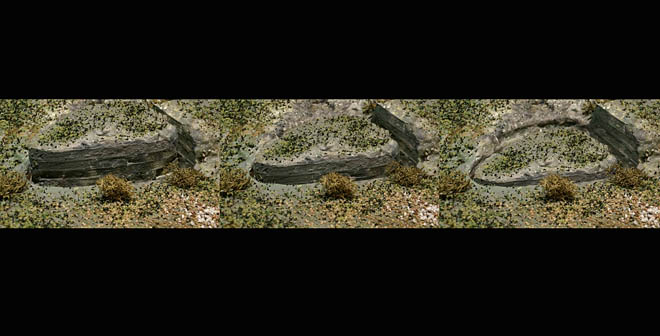
Adjustable Landscape
Rob Cruickshank
Opening Friday, May 2, from 6-9 pm
York Quay Gallery in Harbourfront Centre
Doug Guildford
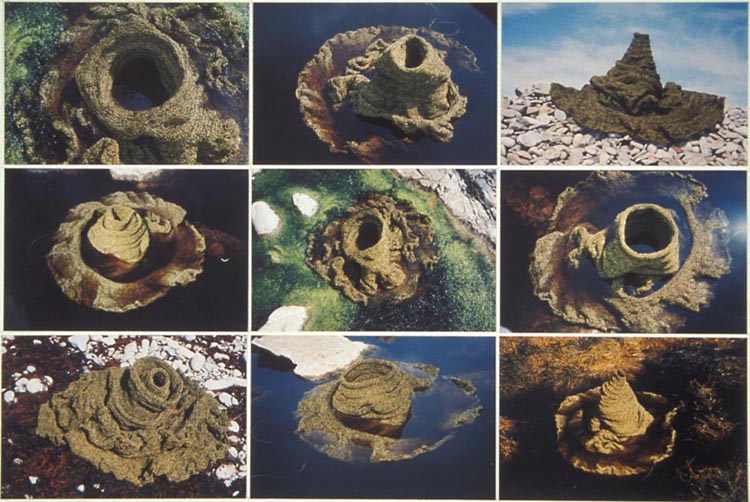
Wasp (9 views, Nova Scotia) 2002 crocheted poly-twine, 6'
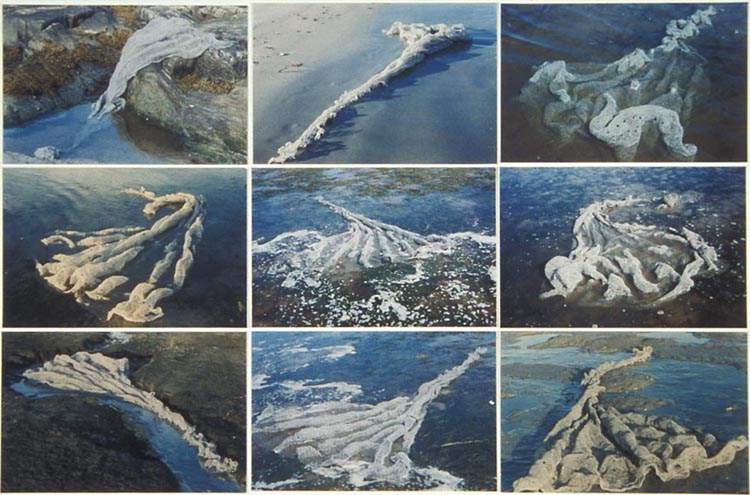
Net (backshore, Nova Scotia) 2001 crocheted stainless steel wire and glass, 10' x 12'.
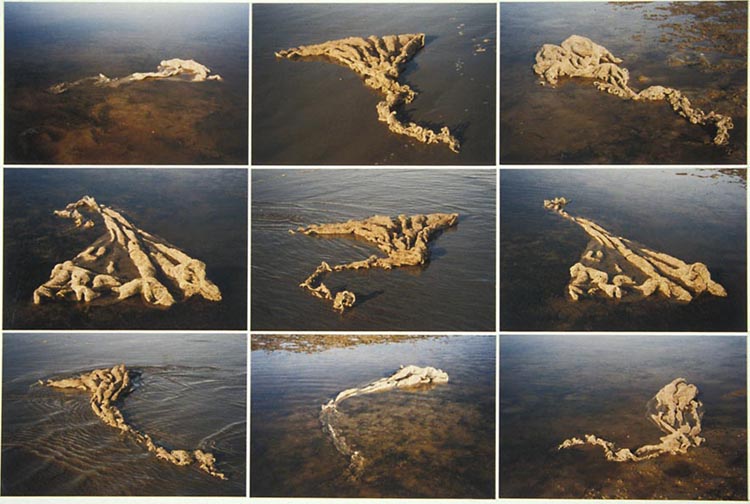
Net (backshore, Nova Scotia) 2001 crocheted stainless steel wire and glass, 10' x 12'.
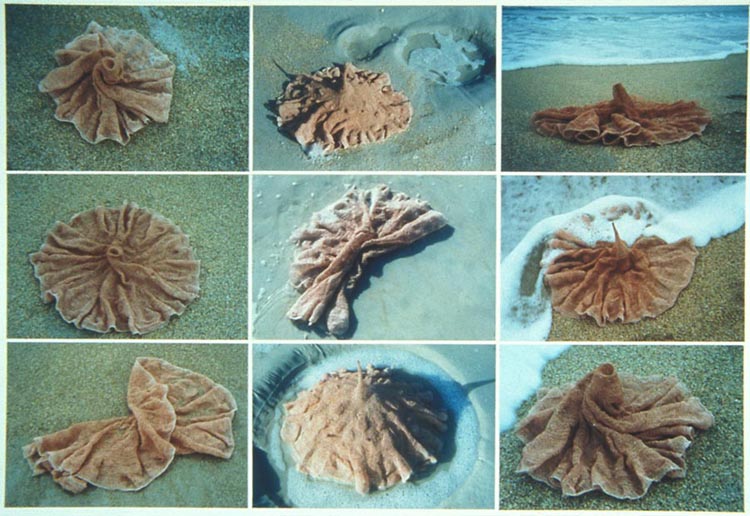
Doily (9 views, Florida) 2003 crocheted nylon-coated copper wire, 33" diameter.








Amadou & Mariam - Senegal Fast Food
featuring Manu Chao
Amadou Bagayoko speaks with NPR's Afropop Worldwide: "We said we are all in theJe pense à toi
same boat, but nobody knows where we are going. It was like, we're all in this
together, but nobody knows what's going to happen. So the best solution is for those
who have gone on this adventure to a strange land to think about those they left behind
in their country. If they're in the big city, they must think about their parents and friends
who have stayed behind in small villages. That's what we sang about in "Senegal Fast
Food," because the song about exodus, about people who are going here and there.
People who want to live this way have problems, with visas, with the police, all that.
The best thing is to pay attention. You are there, but you don't know what's going to
happen."

It looks like the best outcome for artist Steven Kurtz of Critical Art Ensemble . It just would have
been better not to have happened in the first place. (via hallwalls and elsewhere)
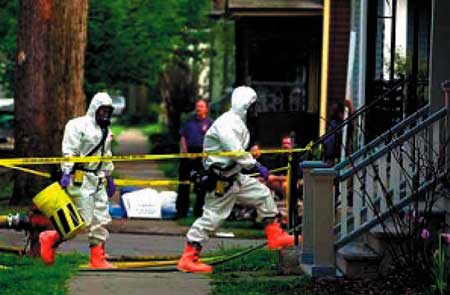
For those of us who have been following recent arts funding discussions in the local blogosphere — simpleposie, VOCA, Gabrielle Moser, and Timothy Comeau — there is a good lecture here online by UK arts activist John Holden probing ways in which cultural value may be effectively re-articulated. He tells the story of he was chair of the board of a concert hall. The city government wanted to give the organisation 20,000 pounds, but their cultural budget was spent, so the money was coming out of their education budget, and their priority was road safety for school children. The government wanted the concert hall to report how they had been able to reach that aim. Holden said that the "dishonesty inherent in the conversation" really worried him. "He knew that we knew that he knew that we probably wouldn't spend the money on road safety. But as long as we conspired together to come up with a halfway convincing story, then no one would inquire too much about it. Clearly this was no way to fund the arts. It lacked clarity, it lacked rigour, it lacked honesty, and worst of all there was a grave danger that our artistic purposes could be perverted in a scramble to get funding." It's an extreme example, but the dynamic is sure familiar!
More random thoughts about arts funding...
The VOCA thread, spurred by an article in the National Post, is a debate about whether the government should fund the arts. It's an important discussion to have, and VOCA is a good forum because there are people participating who are on both sides of the issue. In my mind, however, there is not a question. I liked L.M.'s comment on that thread about all the other industries that receive government funding, where it is not seen as a hand-out, but and R&D investment. If culture is as important as science and technology (and I believe it is), then it should also be supported by society.
The simpleposie thread is also a debate about whether or not the arts should be funded, but it is spurred by a campaign by Clive Robertson to criticize and hopefully improve government policy. This is where I feel more implicated because, while I support government funding for the arts, I also feel invested in how that funding is disseminated, and there are lots of problems. The main thing, in my view, is to be vigilant about the arm's length model, which is the tenuous boundary between art and nationalistic state-art.
But there are strange gaps and heirarchies in types of art practice that become implied by the system. When I was in Victoria this winter, I met an artist who has a split practice. He makes one kind of art for the commercial tourist galleries (landscapes and still-lifes) and another kind of art for non-profit galleries (more installational and conceptual). I find the concept fascinating, and I'm interested because I don't think it would work very well in Toronto. It would be much harder to keep the two separate. Here we don't have the same kind of tourist market for artisanal work, and, as L.M. said when we were discussing it, no neo-conceptualist would get very far in this town if they were also selling silk scarves at Harbourfront.
While in Victoria, I also met an artist who paints traditional watercolour landscapes, and has a gallerye who does very well selling them. Sometimes, however she verges into abstractions and more experimental designs that her gallerist won't exhibit. But the artist-run centres would not be interested in the work either. She was very frustrated that she simply could not show this particular aspect of her practice.
I guess, in some ways, I have suspicion about a government system that decides for others what art is worthy and what art isn't. Art doesn't work that way, one person's tripe is another person's sublime, and vice versa. I'd like an arm's length system of government arts funding that accomodates more kinds of art and more kinds of artist.